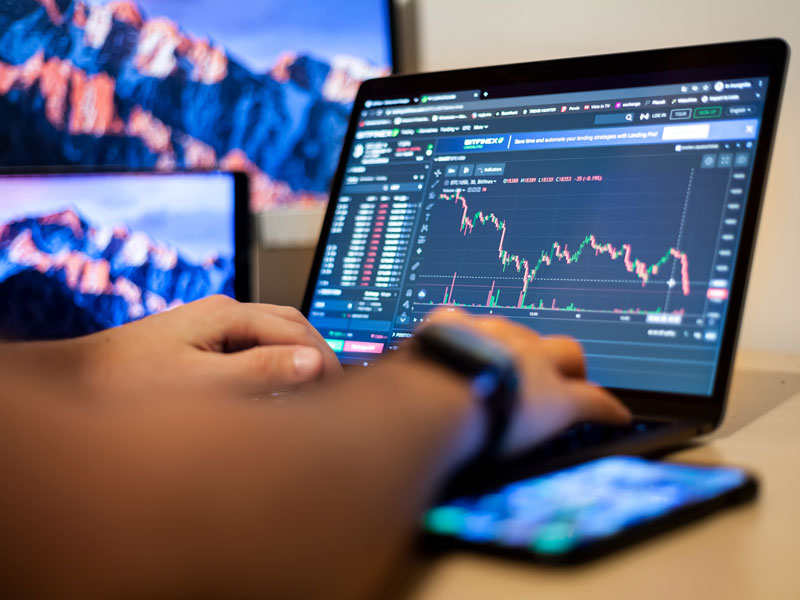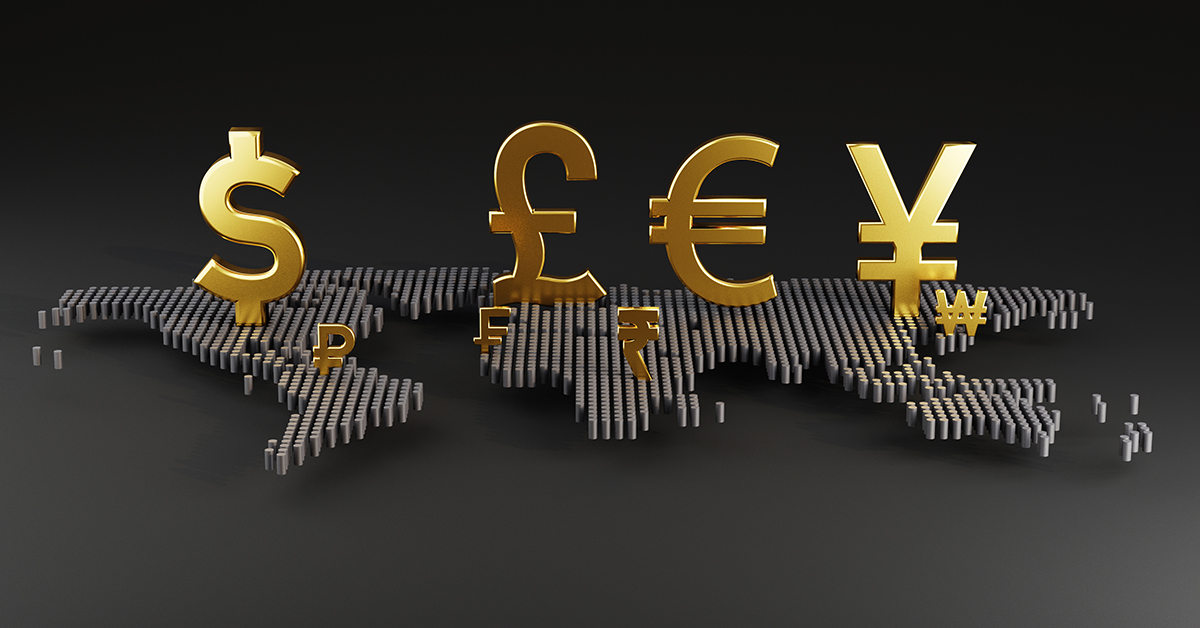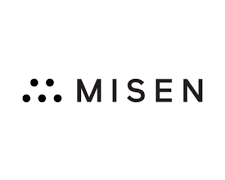
What is Maximum Leverage?
Before diving into the intricacies of maximum leverage, it’s essential to grasp the foundational concepts of leverage itself. Leverage in trading refers to the use of borrowed funds to increase the potential return on investment. In more straightforward terms, it allows traders to control a more considerable amount of capital than they possess in their trading accounts. Among various leverage options, “maximum leverage” represents the highest multiplication factor that brokers allow for trading positions. Traders often encounter maximum leverage in Forex, stocks, commodities, and cryptocurrencies, where platforms like what is maximum leverage Minereum might offer considerable leverage ratios.
The Mechanics of Leverage
Leverage is typically expressed as a ratio; for instance, a leverage of 1:100 means that for every $1 a trader has, they can control $100 in the market. This ratio varies significantly depending on the asset class, the regulatory environment, and the trader’s experience. Forex trading often boasts higher leverage opportunities, sometimes reaching up to 1:500, while stock trading usually allows for more conservative leverage, such as 1:2 or 1:4 in most markets.
Understanding Maximum Leverage
Maximum leverage is crucial because it defines the upper limit of how much traders can borrow to increase their position sizes. Brokers set this limit based on legal regulations and their risk management policies. For example, while higher leverage can magnify profits, it equally heightens risks. If a trader were to use maximum leverage and the market moves against their position, they could face substantial losses, which could even exceed their initial deposit.

Calculating Margin and Leverage
The relationship between margin and leverage is central to understanding how maximum leverage operates. Margin is the amount of capital that a trader must deposit to open a position relative to the leverage they use. For example, if a trader wants to control a $10,000 position with a leverage of 1:100, they would only need to invest $100 as margin. The formula to calculate the margin required is:
Margin = (Trade Size / Leverage)
Using maximum leverage, traders should always be cautious. The higher the leverage, the smaller the price movement required to erase their margin, leading to a margin call.
Risks Associated with Maximum Leverage
The potential for high returns comes at the cost of high risk. Here are several risks associated with maximum leverage:

- Increased Exposure: Maximum leverage amplifies exposure to market volatility, and a small adverse movement can lead to significant losses.
- Margin Calls: If the market moves adversely, a trader may receive a margin call, requiring them to deposit more funds to maintain their position. Failure to do so may result in a forced closure of trades.
- Psychological Pressure: Trading on high leverage can lead to emotional decision-making driven by fear of losing a substantial amount of money quickly.
Strategies for Using Maximum Leverage Effectively
While maximum leverage can be risky, it can also be strategically beneficial when managed well. Here are some tips:
- Know Your Limits: Understand your risk tolerance and operate within limits that you are comfortable with.
- Use Stop-Loss Orders: Implementing stop-loss orders can help protect your account from excessive losses.
- Stay Informed: Keeping abreast of market news and trends can help minimize risks and refine trading strategies.
Regulatory Considerations
Regulatory bodies around the world impose limits on the maximum leverage that brokers can offer to mitigate risks for retail traders. For instance, the European Securities and Markets Authority (ESMA) restricts Forex and CFDs maximum leverage to 1:30 for retail clients, whereas institutional clients may access higher ratios. Understanding the regulatory landscape is essential when considering leverage in different markets.
Conclusion
Maximum leverage serves as a double-edged sword in the trading world. It offers the potential for significant profits but equally poses substantial risks. Being aware of how maximum leverage works, understanding the associated risks, and applying sound trading strategies can help traders navigate the complexities of leveraged trading. Always assess your financial situation and risk tolerance before engaging in leveraged trading. With careful planning and informed strategies, you can harness the power of maximum leverage to enhance your trading experience.



No Comments
Leave Comment